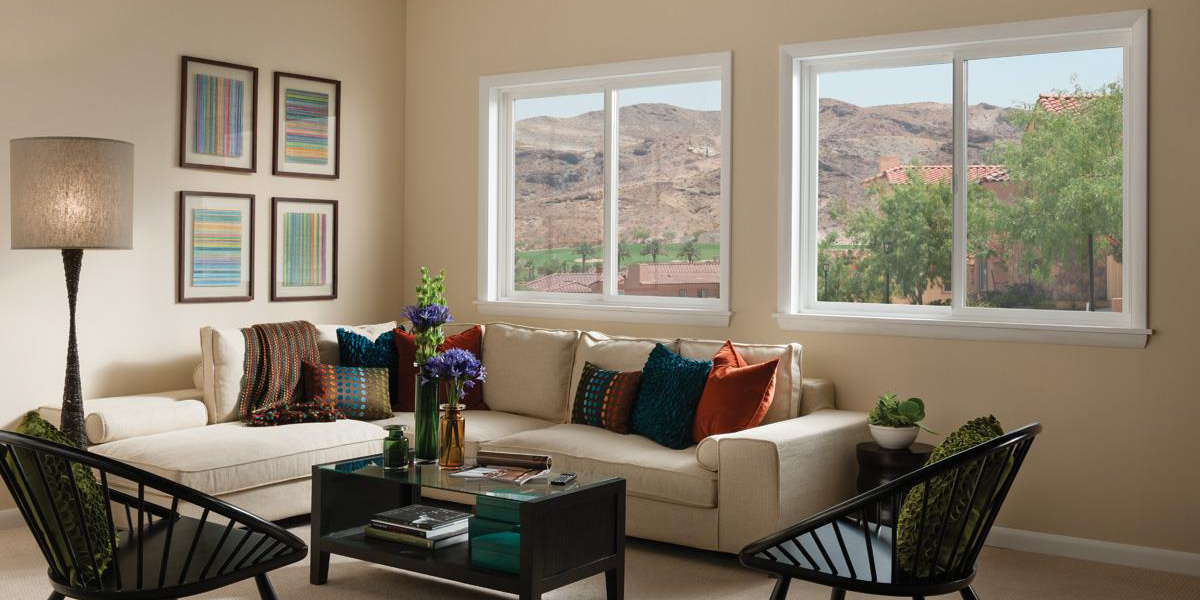
What’s the difference between full frame and insert windows?
The best way to answer this question is to first define the parts of a window, using the concept of three storage containers that stack together. You know how this works – the smallest container fits inside the medium container, and both the small and medium containers stack within the largest container. In other words, they “nest” inside each other.
So how does this work when it comes to residential windows? Let’s find out!
Understanding the Anatomy of a Window
The largest “container” that holds the other two containers is the rough opening in the wall of your house, or the “hole” where your window will be located. The medium container is what is called the window frame. It consists of a top horizontal piece (head), a bottom horizontal piece (sill) and two vertical pieces (jambs) that join the head to the sill.
Now picture a large rectangular frame. This frame installs into the rough opening of your wall to “frame” or hold the window, which explains its name. The smallest container is the actual window itself, usually made up of two moveable parts (sashes) which contain the panes of glass and any hardware. These window sashes insert/install onto the window frame.
There you have it – the window (small container) is installed into the frame (medium container), which is installed into the rough opening (large container). Armed with these basic definitions, we can now explain the difference between full frame and insert windows.
Insert vs Full Frame Windows: What Option is Best?
When insert windows are installed, this means you have removed and replaced only the smallest/inner container, the window – made up of sashes with panes of glass.
When full frame windows are installed, this means you have removed and replaced both the smallest container (window/sash) and the medium container (frame).
Which is better? There is no single right answer to that question.
Insert windows pros and cons
As you can imagine, insert windows are less expensive than full frame windows, typically running around 20-25% cheaper. Besides the cost savings, other benefits of insert windows include easier, faster installation and eliminating the need to remove the interior or exterior wall/siding trim.
Insert windows sound like a slam dunk! But, sometimes insert windows are not a workable option. If there is moisture damage or rot in the existing surrounding structure, insert windows won’t work. The same goes if the window frame is no longer level or if the existing frame is already vinyl (not wood).
Also, be aware that if you have only one or several windows needing replacement and there are multiple windows on that side of the house, the insert window will not match up with the other existing windows. However, when the basic frame and surrounding structure is sound, the vast majority of people do avail themselves of this cost-effective way to have beautiful, new energy- efficient windows installed. It is a proven winner!
Full frame windows pros and cons
Are there advantages to installing full frame windows? Yes, there are! With this approach, everything installed is brand new – you will have a new frame, a new window and even new trim!
In addition, full frame window installation gets you down to the “bare bones,” making sure any structural issues, moisture damage or rot is corrected, even down to the rough opening. This option also enables you to add insulation if it is lacking. And if your desire is to change the style or size of your window(s), this option opens up all kinds of creative possibilities.
If you have questions about installing new windows in Arizona, contact Greco Roman Windows and Doors today. We’ll be happy to show you which options and styles best fit your needs!